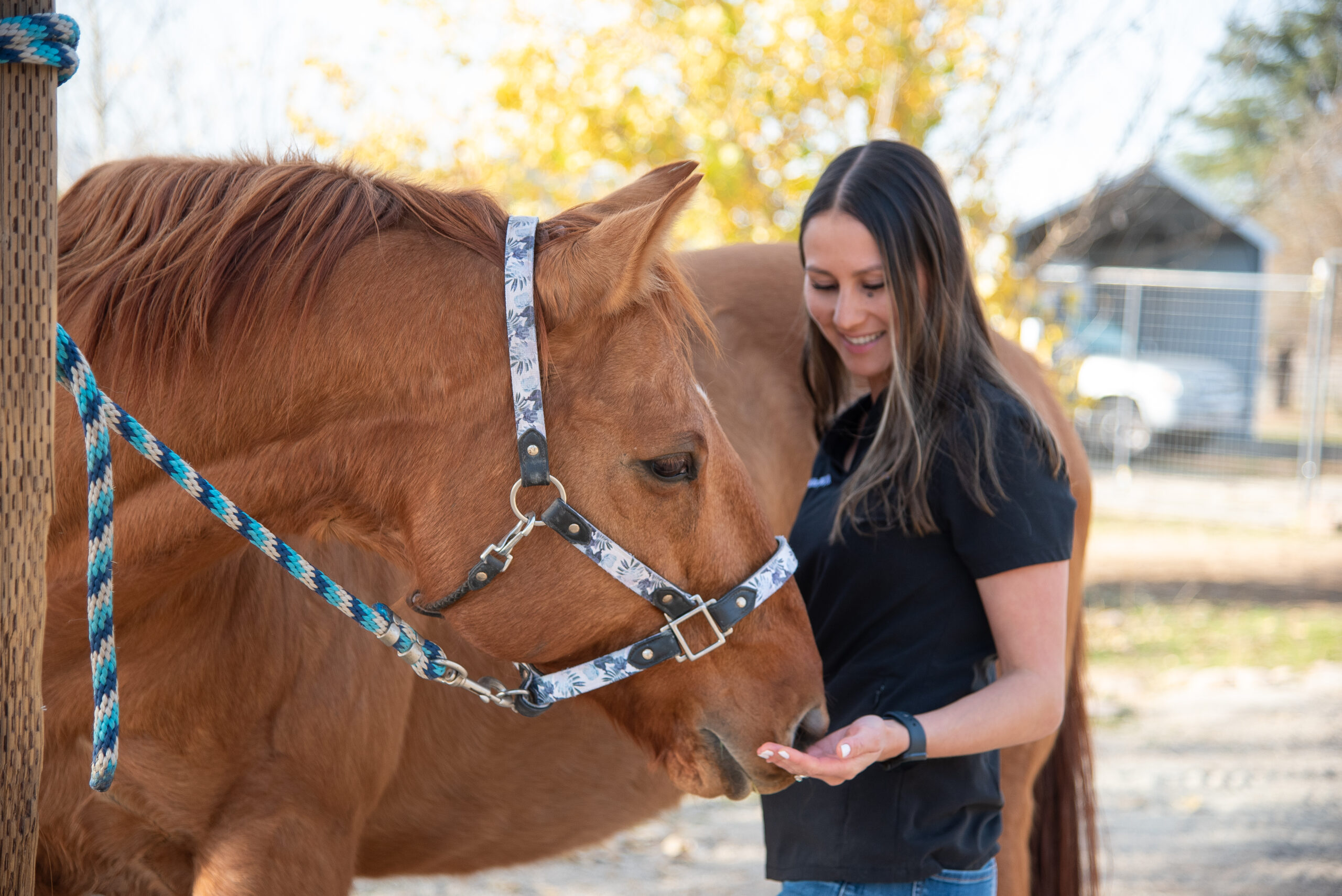
In the past twenty years, there has been an increase in integrative medical approaches for human patients suffering from a variety of disorders. Human oncology patients have specifically benefited from the use of integrative medicine – nearly 50% of human oncology patients use complementary therapies as part of their treatment protocols, and the same is becoming true of animal oncology patients. As research continues to support the use of integrative medicine in human patients, the more these integrative techniques are being implemented in veterinary medicine.
Today, the use of integrative therapies in veterinary medicine is more widely used for patients suffering from a range of ailments in which western medicine alone has been minimally beneficial.
The types of veterinary patients which have specifically benefited most from these therapies include patients with orthopedic and/or neurological disorders, patients with acute or chronic pain or inflammation, oncology patients and even patients with endocrinological disorders.
But what exactly is integrative medicine?
Integrative medicine practices a combination of both conventional and alternative therapies for a given patient. The National Institutes of Health defines integrative medicine as the incorporation of complementary (aka non-mainstream) approaches into “mainstream” health care. So as you can imagine, the list of potential therapies within the field of integrative medicine is extensive.
Other terms are sometimes used to describe integrative therapies, such as holistic and alternative medicine. However, holistic medicine suggests that conventional medical approaches aren’t accounting for the patient as a whole; and alternative medicine implies that its therapies are separate from conventional medicine. Therefore, neither term truly describes a system of medicine that incorporates aspects of both conventional and complementary care, which is the exact aim of integrative medicine!
So, what type of therapies does integrative medicine entail?
Some of the integrative therapies which are becoming more popular in veterinary medicine include physical rehabilitation, acupuncture, homeopathy, herbal medicine, therapeutic massage and spinal manipulation therapy. More information about each of these therapies listed below.
You may be thinking, do these types of approaches actually work in pets?

Though more research still needs to be performed, and a majority of the research conducted already focuses more on rehabilitation therapy modalities (ie. physical therapy, hydrotherapy, laser therapy) and acupuncture, the conclusions still point to an astounding “Yes!”
Yes, yes! These types of integrative therapies have been scientifically researched and are already proving to be beneficial in veterinary patients. How incredible, right?!
So if your pet is suffering from an ailment which is seemingly incurable, why not talk to your vet about trying a more integrative approach? And if you are suffering from chronic pain or disease, what’s stopping you from giving these therapies a shot?!

Summaries of a few alternative medicine approaches now used in veterinary medicine:
(Disclaimer: I am not endorsing all of these methods, but have solely included each of them for educative purposes).
Homeopathy: A medical system in which dilute remedies are given, based on an underlying principle that “like” can heal “like” and that more dilute agents are more potent. These solutions are generally derived from agents that would cause the clinical signs a patient displays, if given in high doses. The science of homeopathy is subject to significant controversy as many of the most potent remedies contain no molecular trace of the stock compound. More information is available from the Academy of Veterinary Homeopathy.
Herbal medicine: Herbs are often included in many traditional medical systems, and are scientifically studied in an emerging field known as ethnopharmacology. Controversies surround the safety and efficacy of such products, especially for use in animals. Several private organizations certify veterinarians in different types of herbal medicine. Additional information is available from the Veterinary Botanical Medicine Association and Chinese medical organizations, such as the American Association of Traditional Chinese Veterinary Medicine and International Veterinary Acupuncture Society.
Therapeutic massage: This modality is often considered part of veterinary rehabilitation and sports medicine, but it may be practiced by non-veterinarians in some states. This approach is the application of specific hand movements on a patient to improve muscle & joint function by relieving tension, spasm, or other restrictions to proper motion. It may be used for warm-up purposes, for relaxing or stimulating muscles in order to prevent injury, or for rehabilitation of a patient after an injury has occurred. Massage is also used to compensate for impaired circulation by augmenting the normal flow of blood and lymphatic fluid, and can be used to stimulate the function of various internal organs through reflexively linked and externally located portals of access – often termed trigger points and/or acupressure points.
Veterinary spinal manipulation therapy (VSMT): This practice is similar in some ways to human chiropractic treatments, although in many states that name is reserved for licensed chiropractic professionals. There are different schools and styles of VSMT practice, but many promote the concept of joint subluxation to explain reported effects. Several scientific veterinary reviews are published, but much of this focuses on equine practice. Additional information is available from the American Veterinary Chiropractic Association.
Laser therapy: This is an emerging technique that appears to at least have subjective benefits. Potential areas where laser therapy can be incorporated are in wound healing, pain management, and rehabilitation for various conditions (ie. osteoarthritis, muscle pain). Though, evidence-based and peer-reviewed studies are still lacking.
Stay tuned for posts specifically dedicated to the use of acupuncture and rehabilitation therapy in pets.
